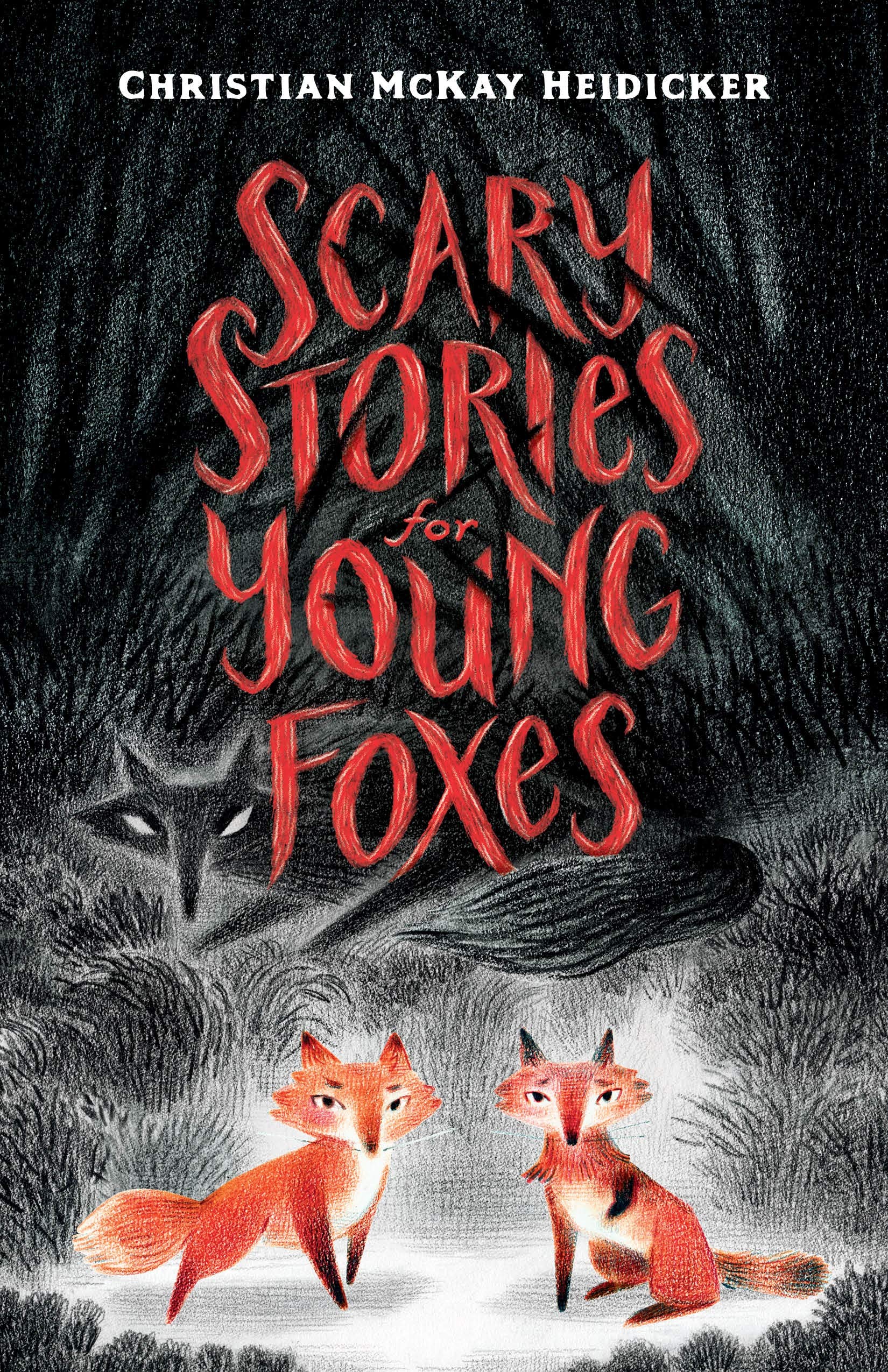Kansas Reads to Preschoolers “I Like Myself”
by Jan Johnson, Children’s Librarian
Would you love yourself if you had purple polka-dotted lips, or horns protruding from your nose, or hair that’s like a porcupine? Of course!
To celebrate Kansas Reads to Preschoolers Month, the Kansas State Library has provided copies of this year’s choice, “I like Myself” by Karen Beaumont, to each public library in the state. With funds provided by the Manhattan Library Association, Manhattan’s public library was able to give each family, who attended storytime the week of November 11-16, a free copy of the book.
Why is it so important to read to a child birth through five years old? 90% of a child’s brain is developed before the age of five, with 80% of that development relating directly to the activities children experience with and observe in parents and caregivers. When parents, caregivers, teachers and librarians read, sing, and play with young children every day, they are helping young brains to grow and form the necessary foundation for reading.
“I like Myself” is a fun look at the importance of self-esteem and acceptance. What better time to learn about how awesome it is to be ourselves than when our brains are developing? With positive text, bright illustrations and bopping rhymes, this book will become a lifelong favorite.
Another book that explores the importance of self-esteem is “ABC I like me!” by Nancy Carlson. This fun take on learning the ABC’s also teaches the importance of feeling good about ourselves. “I Like Me” by the same author introduces us to our best friend and that best friend is me!
“Be Who You Are” by Todd Parr is a bright, colorful, whimsical book for toddlers and beginning readers to help them embrace the importance of being who they are, just as they are. It explores what makes all people unique, whether it’s appearances, the way a person talks, where they are from, who is in the family – everyone is special and should be celebrated!
“The Skin You Live In” by Michael Tyler emphasizes how beautiful all are, no matter what a person’s skin looks like. This book introduces concepts of diversity, acceptance, social differences, and self-esteem that play a role in making us all unique.
“I Love All of Me (Wonderful Me)” by Lorie Ann Glover is a body positive board book that is fun to read while teaching baby about their wonderful body. Any time a parent or caregiver reads to their child and can incorporate physical movement like wiggling toes and noses and cheeks, they help strengthen a child’s understanding of words.
There’s a jungle dance in Africa where everyone shows up to party in “Giraffes Can’t Dance” by Giles Andreae and poor Gerald doesn’t feel that he can dance as gracefully as the warthogs waltzing, chimps doing the cha-cha, or baboons performing a Scottish reel. When Gerald meets a violin playing cricket who tells him to just feel the music, his body moves and grooves to the jungle beat. “We can all dance when we find the music that we love” is a theme we can all connect to. This book lets us know that it’s ok to just be yourself and have fun. Manhattan Public Library has several different versions of this book available, including the book with read along CD, and a fun cartoon version of the story available free to library card holders though our Digital Library on Hoopla and Kanopy.
Manhattan Public Library has several copies of “I like Myself” in our collection, as well as a Spanish language copy. Stop by the children’s library through the end of the year to check out our fun interactive display based on this book aimed at building the skills pre-readers need to enjoy a lifelong love of reading.
For more information on Kansas Reads to Preschoolers visit https://kslib.info/prek.


 The autumn publishing season is always exciting for adult readers. Cooler weather coincides with one of the biggest annual releases of new books, and the library is receiving new titles almost daily.
The autumn publishing season is always exciting for adult readers. Cooler weather coincides with one of the biggest annual releases of new books, and the library is receiving new titles almost daily. It’s no secret that I’m impatient for fall to come—I started baking with pumpkin spice weeks ago, and I’ve been eyeing any trees I pass for hope of changing colors and falling leaves. Fall brings with it many great things, including that creepiest, most sinister of holidays: Halloween. We’re finally passing summer and entering autumn, when it’s time for the ghoulish, ghastly, and even more-silly-than-scary books. For those who eagerly wait all year to break out the cobwebs and jack-o-lanterns, for those who prefer monsters and ghosts, for those kids who can’t wait to dress up and come home loaded with candy, here’s a book list for you.
It’s no secret that I’m impatient for fall to come—I started baking with pumpkin spice weeks ago, and I’ve been eyeing any trees I pass for hope of changing colors and falling leaves. Fall brings with it many great things, including that creepiest, most sinister of holidays: Halloween. We’re finally passing summer and entering autumn, when it’s time for the ghoulish, ghastly, and even more-silly-than-scary books. For those who eagerly wait all year to break out the cobwebs and jack-o-lanterns, for those who prefer monsters and ghosts, for those kids who can’t wait to dress up and come home loaded with candy, here’s a book list for you.